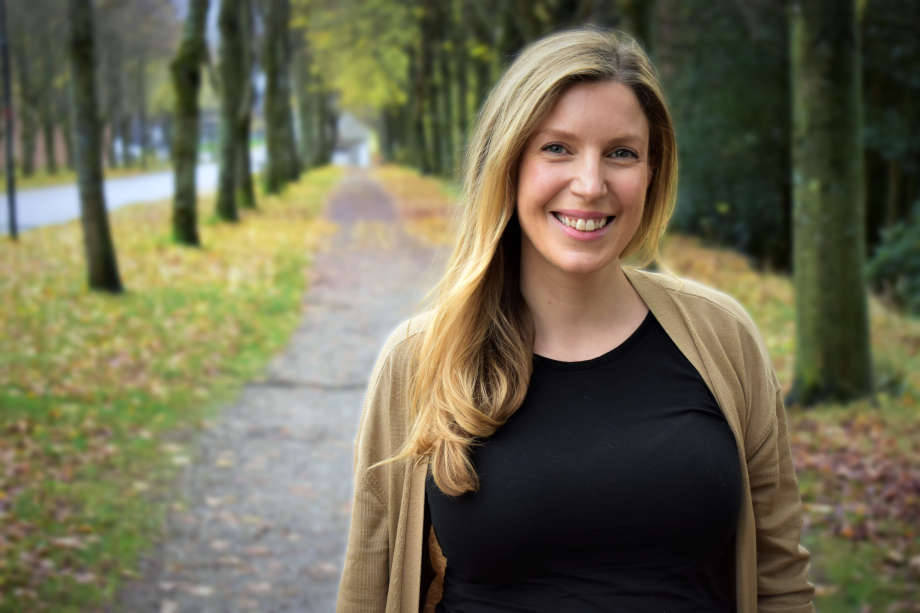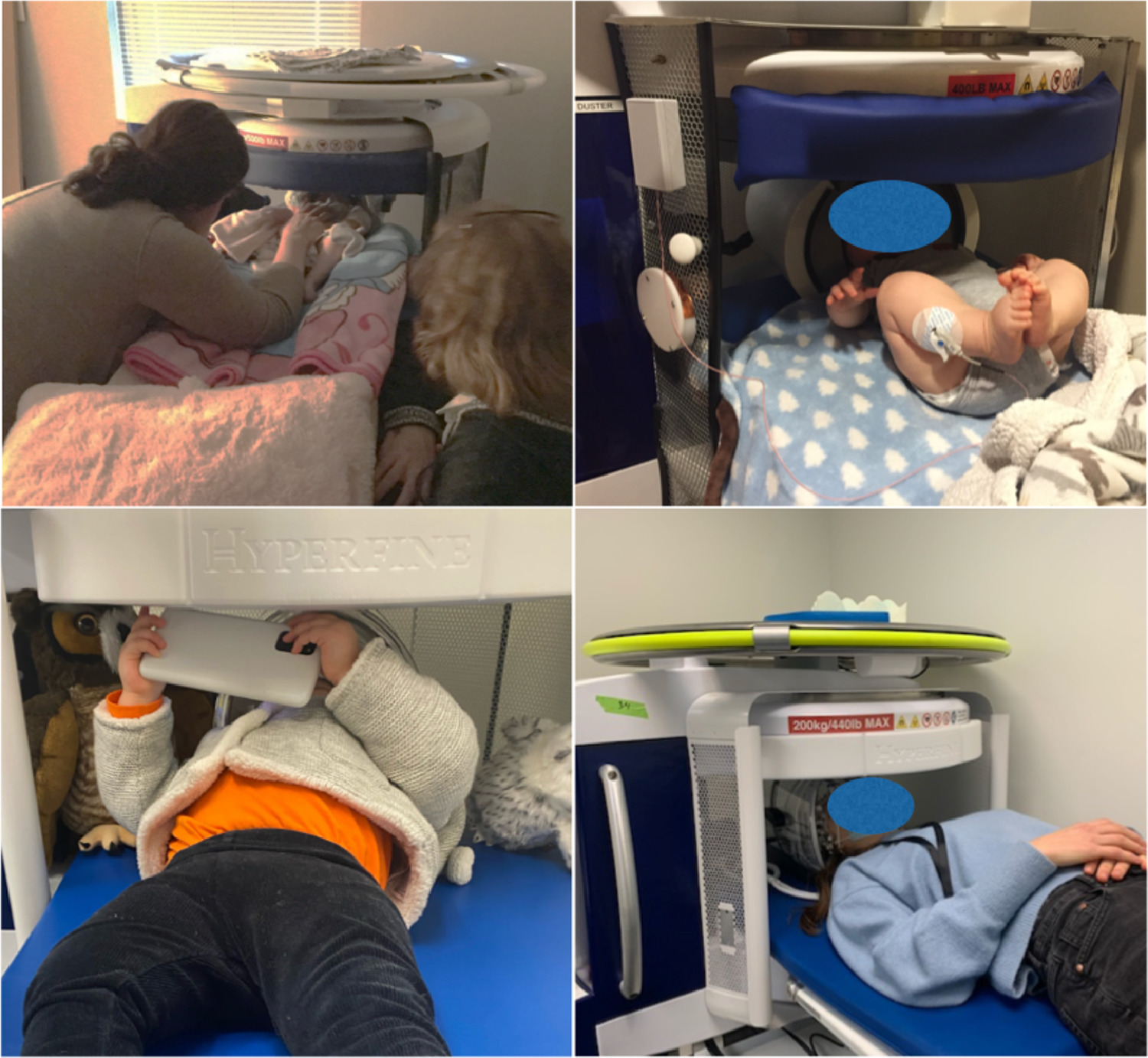A portable, low-magnetic MRI machine gives researchers an indication of whether a child is going to follow typical or atypical cognitive development. The results will be used to implement measures adapted to each individual child.

The Bill & Melinda Gates Foundation has granted NOK 21 million to the project MRneuromodel, which is managed from the University of Stavanger.
– It is absolutely fantastic. Having support from the foundation gives us a greater opportunity to help, not only in the Western world, but also all over the world, project manager and associate professor Muriel Marisa Katharina Bruchhage says.
International cooperation
On December 1st 2022, Bruchhage and the project group, consisting of representatives from the University of Stavanger, Stavanger University Hospital, UC Davis, UC Berkeley, King's College London and University College London, started working on the project.
Over the course of two and a half years, they will develop analysis methods for a special type of low-magnetic MRI machine to predict how children will develop cognitively. They can use the results to map whether the child is developing to their full cognitive potential. Based on the assumed development, measures adapted to the individual child can be initiated.
– What measures to choose is the question. We are now at a stage where we are interested in looking at vulnerability factors and what it takes for a child to thrive. We are extremely fortunate to have received funding from the Bill & Melinda Gates Foundation, which already has many ongoing research and intervention projects around the world. When we identify specific aspects that help the children to thrive in the future, we can collaborate with the other projects and try to find models for what will work and what won't work, Bruchhage says.
Great importance for individuals and society
The project group has been asked to look in particular at countries in Africa and South-East Asia, areas where access to MRI machines is very limited or non-existent. The fact that the machines are portable, low-magnetic and only need electricity via a socket to operate means that even more people can benefit from the project.
Nine machines have already acquired around 600 data sets. In total, Bruchhage estimates that the project can get around 2,500 data points to work with.I hope our research can contribute to the early identification of vulnerability.
– This could mean that a five-minute scan can tell us whether a child is going to thrive in five, ten or twenty years, and we can take measures to ensure that their optimal developmental timeline will continue, Bruchhage says.

She explains that this type of working allows you to help make long-term plans for vulnerable children, without having to wait for a possible diagnosis before the ball starts rolling.
– We would have the potential to collaborate with intervention programs and do what we can to ensure that the child will thrive and hopefully avoid developmental problems, she says.
She strongly believes that the project can have great significance for both individuals and society as a whole.
– The dream is that a short, affordable and non-invasive MRI scan can help children recover from vulnerability to resilience and that democratic changes can take place, she says.